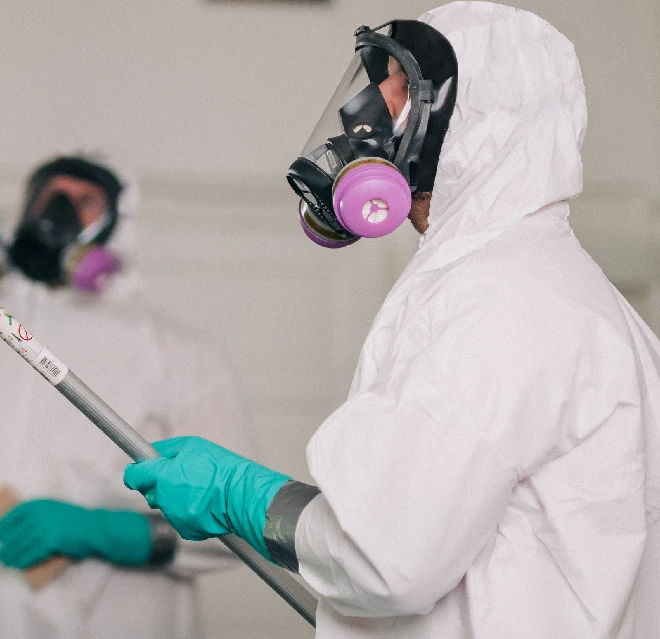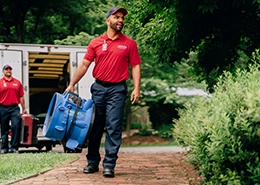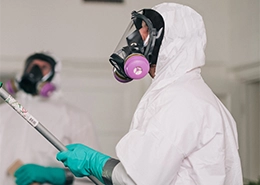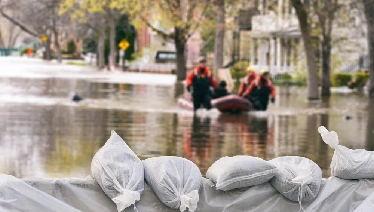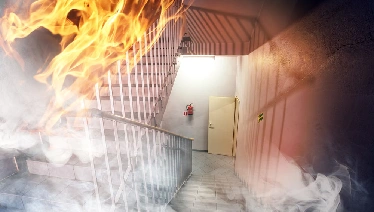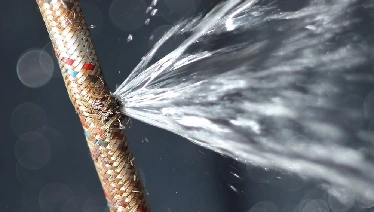Removing mold safely in Seattle requires expert knowledge and strict adherence to safety standards. Rainbow Restoration adheres to OSHA regulations to safeguard our staff and community members. Our technicians are IICRC-certified, giving you peace of mind knowing your remediation process will go according to plan. Also, all local, federal, and state protocols will be followed as our team actively respects Seattle's eco-friendly initiatives.
Mold Remediation Services for Vulnerable Populations
Seattle residents are vulnerable to mold due to its wet climate. This threat exposes all residents to mold's harmful effects regardless of age. Being exposed can result in respiratory irritations, irritations, and breathing disorders. Prompt remediation can protect Seattle's culture, scenery, and well-being.
Common Sources and Factors of Mold Growth in Seattle, WA
Understanding what contributes to mold growth is vital if residents want to thwart its spread. Familiar sources include indoor plumbing leaks and heavy rainfall flooding that damages HVAC system components. Roof or window leaks from storms and other HVAC issues are other potential contributors.
Ventilation problems, historic landmarks with poor ventilation, or specific materials could all pose potential threats of mold growth and should take proactive measures by becoming aware.
Controlling Moisture Levels with Mold Remediation Services
In Seattle, controlling moisture levels is paramount to mitigating mold growth. Regular inspections for high humidity levels and plumbing issues will allow inspectors to spot hotspots for mold growth quickly. During our mold remediation service visit, we address any water leaks, exhaust fans, dehumidifiers, and adequate ventilation systems to regulate and minimize moisture effectively.
Tips to Prevent Mold Growth in Seattle, WA
Before addressing mold growth, any moisture sources like leaks and poor ventilation must be addressed. Dehumidifiers can help lower humidity and promote proper drainage, while mold-resistant materials or paint should also be added directly onto affected surfaces for maximum effect.
Clean your gutters regularly in order to minimize water seepage into your home and mold growth and protect yourself against leakage.

